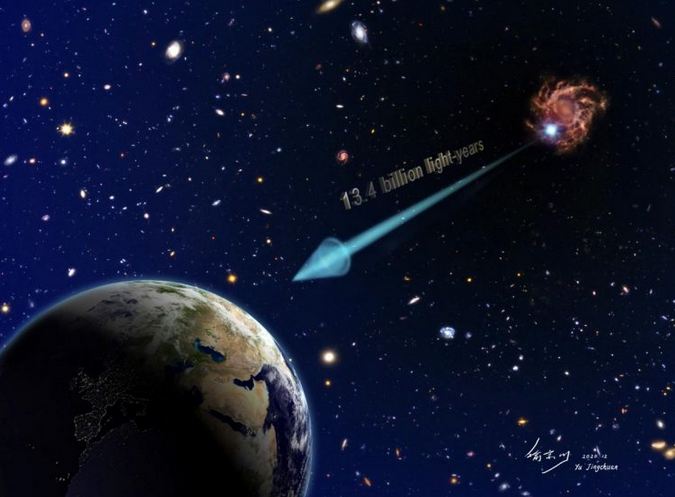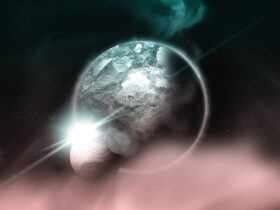One of the most distant galaxies, dubbed GN-z11, is now in the spotlight.Â
According to an international team of astronomers, the astrophysical object will improve our understanding of the birth of stars and galaxies in the early Universe.Â
Here is what you need to know.
New Research Insights
GN-z11 is one of the most distant known astrophysical object, approximately 13.4 billion light-years from Earth. It was born 400 million years after the Big Bang.Â
Recently, an international team of astronomers, led by Linhua Jiang, performed near-infrared spectra utilizing ground-based telescopes. What they spotted is truly intriguing.
Discovery details
The team performed advanced spectroscopic observations of GN-z11, using the Keck 1 telescope. A further examination and astronomers were capable of spotting many elements heavier than helium and hydrogen.
The discovery showed that GN-z11 is not one of the original galaxies. So, it didn’t appear in a cold Universe or didn’t lack the multitude of elements synthesized by initial batches of stars.Â
The telescope had also offered other significant insights, such as a short bright burst of light.Â
Gregory Walth, one of the astronomers, released a statement. He said:
“The more we learn about the Universe’s earliest objects, the better we can understand how the structure of our cosmos was shaped.”
Other Significant Details
The Big Bang ignited the Universe as a hot, misty cocktail of incredibly energetic particles that was quickly unfolding. And after approximately 400,000 years, that matter cooled and blended into neutral hydrogen gas leading to a cosmic dark period.
Finally, the cosmic reionization happened, lasting several hundred million years. According to astronomers, this phase is one of the most critical stages of the history of the Universe.
The next scientific goal includes the construction of the Giant Magellan Telescope at Carnegie’s Las Campanas Observatory. The telescope will help astronomers detect better the light from the first space objects.












Leave a Reply